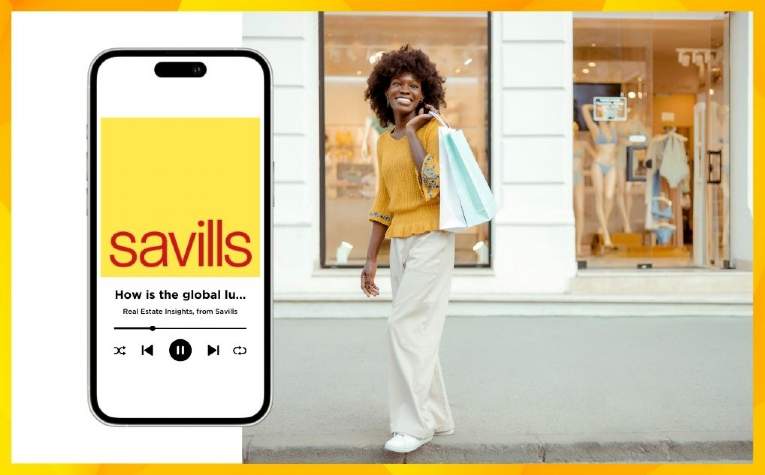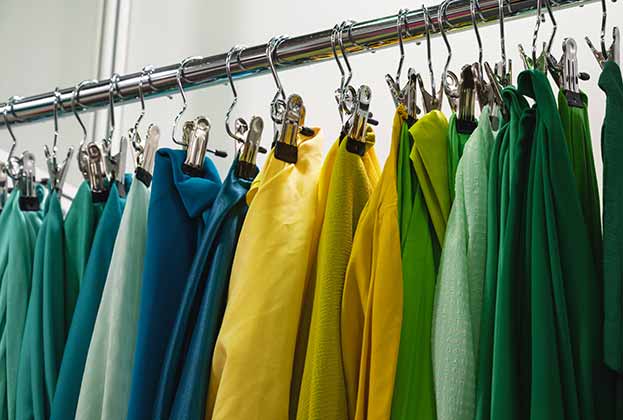While the exponential growth of online retailing has dominated headlines over the past decade, the reality is that we’re likely to see a slower rate of growth in online sales in the coming years.
GlobalData predicts that while online sales have increased an average of 11.4 per cent over the past five years, by 2022 this will have slowed to 4.8 per cent. This is still a significant figure, but it does mean that the majority of UK retail sales (81.6 per cent) in 2022 will continue to take place in stores.
Consumer preference tends to err towards the store, particularly when buying products where the ‘touch and feel’ is important – largely clothing and homewares. The store also offers convenience, with click and collect services offering increased flexibility, and has the added benefit in that it provides the opportunity to sell additional products to customers coming into the store to pick up items.
We are therefore now seeing the transition by some retailers which used to sell solely online (‘pureplay’) into omnichannel 'total' retailers with digital and physical presences. Six pureplay brands made the transition in 2015, followed by a further five in 2016. Prior to this, just one or two brands transitioned each year. In line with consumer preferences to try before they buy, it has been fashion e-tailers such as Missguided who have been the most active in taking space, accounting for 29.6 per cent of transitions.
For these retailers the store is not just an additional place to sell products. A physical shop allows them to showcase and promote their brand, whether this is through store design, in-store events or additional services, such as cafés or beauty bars. They are also digitising the store experience to align their offline and online platforms, effectively ‘personalising’ and in turn enhancing the in-store experience. RFID microchipped clothing racks that detect which items are being browsed and then automatically adds these to a shopper’s online basket is one example of such technology being utilised.
There are also operational advantages of having stores. For clothing retailers, a store allows customers to try items before purchasing, potentially reducing ‘intentional’ returns and enables returns direct to store, both of which can help reduce postage and processing costs.
The dynamics between digital and physical retail continue to change. We are likely to see more pureplay retailers transition to physical but these retailers will be much more strategic and focused on a smaller number of stores, a trend we are also seeing amongst long-standing bricks and mortar retailers.
The digitalisation of the store is likely to continue apace, whether among these retailers or by their more traditional counterparts. It is this evolution of the in-store experience, across all parts of retailing, and the new ways companies are using their stores, that will perhaps have the most significant impact on retail property in the future.
Further information
Read more – Retail Revolutions: From Digital to Physical
.jpg)
.jpg)



.jpg)




